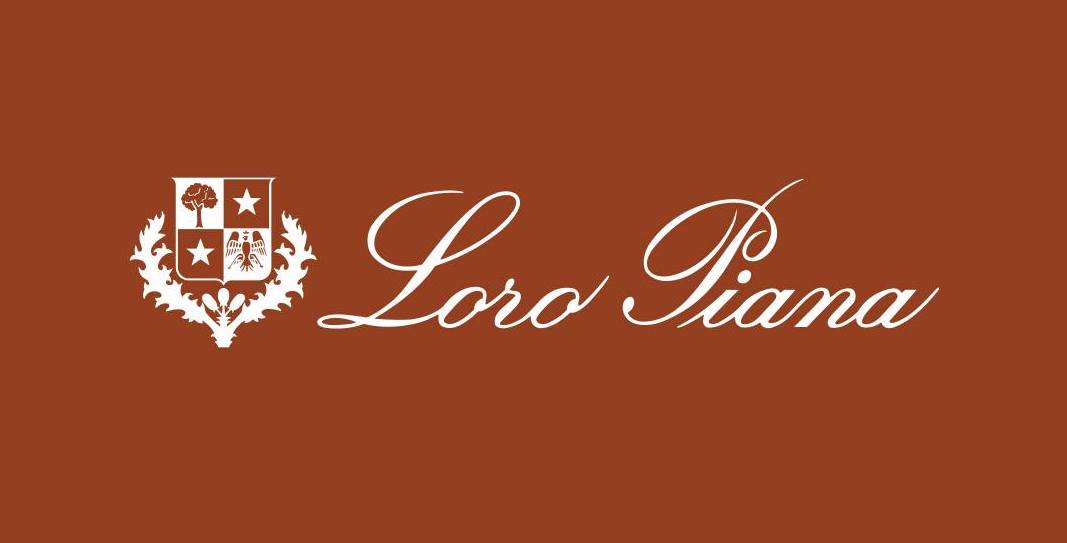When the Wrong People Don Your Brand

A recent article in the Harvard Business Review explores a fascinating area: what to do if — through no fault of your own — your brand (especially clothes) becomes associated with evildoers. The solution is partly good crisis communications, but the question raises some interesting wrinkles (pardon the pun).
The article, by Nico Neumann of Melbourne Business School and Catherine Tucker of MIT Sloan School of Management, cleverly headlined “What to Do When the Devil Wears [Your Brand],” offers several examples.
In March, LVMH’s Loro Piana brand had to deal with Vladimir Putin wearing one of its $14,000 parkas during a demonstration to commemorate Russia’s 2014 invasion of Crimea. The company was criticized for not responding quickly enough. On the other hand, Stolichnaya vodka quickly rebranded as Stoli after Putin’s invasion of Ukraine — and amid consumers’ mistaken notion that the product is made in Russia.
LaCoste, Burberry
For the most part, the authors do focus on actions rather than communications. For instance, after a Norwegian terrorist who had killed 77 people was photographed in LaCoste sweaters, the company asked the police not to let him wear its clothes. And when rowdy soccer fans adopted Burberry, apparently because of its check pattern (including on its baseball caps), the company nixed the hat and, for some years, downplayed the pattern.
Indeed, one of the authors’ suggestions is to consider modifying products, even if it causes a loss in revenue.
Whenever potentially reputation-affecting events occur, it is important to develop a strong PR response and take control of the situation.
— Nico Neumann and Catherine Tucker, “What to Do When the Devil Wears [Your Brand]”
Of course, communications also play an important role. “Whenever potentially reputation-affecting events occur, it is important to develop a strong PR response and take control of the situation,” the authors write. “You should first clarify who is and who is not an official endorser of the brand.”
Bad People
Neumann and Tucker advise using your communications to separate yourself from the bad people and nefarious messages and to show empathy for those under attack.
We had an example of this in 2017 when white supremacists marched in Charlottesville, Virginia, carrying Tiki Brand torches. The company responded on Facebook: “Tiki Brand is not associated in any way with the events that took place in Charlottesville and are deeply saddened and disappointed. We do not support their message or the use of our products in this way.”
Another good piece of advice from the article: Never mention what costs the company is incurring (for example, in lost revenue) due to the negative association.
Image Credit: LVMH
Sign up for our free weekly newsletter on crisis communications. Each week we highlight a crisis story in the news or a survey or study with an eye toward the type of best practices and strategies you can put to work each day. Click here to subscribe.




 Back to Blog
Back to Blog